Today I have a tip for hobbyists who want to paint models with a bit more confidence while using spray techniques. There are a good number of pics for this one so be prepared for the post to be a bit long. What I will show is a form of masking, which is the term painters of all types use to describe how they create separations between multiple layers of paint and build patterns or just protect an area they don't want to touch with a new color. Of course hobbyists with a little experience may be familiar with this already in some form or another.
What I am about to show is a type of masking using a cheap and re-usable material often called tack, or blu-tack. This is the sticky putty that is usually sold in stores near office or paper supplies and often sits near scotch tape or the non-damaging wall hooks. I first learned about this stuff when I was in grade school because all my teachers used it for hanging the classroom posters. I have shown this product before when I built my model grips and I use it there for holding the models I paint onto the grip. Now it's a widely used practice so chances are you can find it elsewhere on the web but hopefully my post today will be sufficient to teach using this.
Today I have a Warhammer 40k Storm Talon as my example. This model is a bit interesting because it's about to get it's third base coat. This is because the destiny of this model has changed a couple of times. Originally I was building it as a gift but when that idea became unnecessary I decided to keep it myself. I wanted to build a Doom Eagles detachment then but since that time I let the model sit and then changed my mind again! Now it will be Iron Hands so, back to black. The reason I'm masking this vehicle though is because I had done a little work on some of the metallic parts of the main fuselage including the cockpit. I'm going to spray this model black once more and so I'd like to preserve those parts. So, let me show you how I will do this.
Above is an example of the putty-like tack that we are using. I have the more recognizable blue type on the right and some even cheaper white tack on the left. Both work equally well for our purpose because they are pretty much identical substances except for their color.
Here is my Storm Talon. This model was primed once long ago and then received a coat of Tamiya USAF Silver acrylic base spray. The Tamiya paint does behave differently than many of the paints sold by gaming companies. It is primarily for standard model hobby but I have found that many of the general model and train products are excellent for gaming models as well. Something to keep in mind. What I have done here is added some black shade wash to specific parts as part of a previous plan. I want to keep certain of these areas the way they look here instead of them being painted black with the rest. I will take the putty and apply it to the parts as you will see below. For this I recommend keeping at least one sculpting tool handy so you can push the putty and form it where you like. If you don't have a sculpting tool many other objects can work but aren't absolutely necessary. Of course be sure not to use anything dangerous or valuable just in case.
Here I have added a piece of the putty to the area I want masked.
Now you will see that have formed the putty right up to the edge I want covered. The parts shown here are for the engine nacelles to sit on and they have a circular recess. It is not necessary to fill this all the way to the edge of the body panels because the putty would also keep the black from hitting the edge of the body panels here. For this reason the putty is close to the edges, but not actually touching it.
So here you can see I have done this on both engine mounts, the optics recess in the nose, and the cockpit. For those of you who have planned ahead you might not need to do the cockpit this way but for this model the plan was abandoned a couple of times. This is a good example of how to go back and work around a mistake in a painting process because normally I would paint the exterior of a model like this with the canopy already in place after finishing the cockpit.
Now I have re-sprayed the model in black. You can see the paint is covering the tack well and that's to be expected. Later on when the tack is removed and re-used the paint will mostly disappear.
One other important thing you might notice here is that as I have sprayed I have not put on a thick coat or put paint completely in all the crevices. This is because it is unnecessary and might even create problems. In fact I will use at least one more thin coat of black paint with a brush to finish the model's base color. More thin coats are usually better than fewer thick coats. Now I will simply remove the tack from the model. This is not difficult but if some bits of tack try to stick just be patient and use the tack you have in your hands to help pull it away. A sculpting tool or other similar object can also help but again, be patient.
Here you can see the masked and protected areas. First is the front view showing the cockpit and sensor recess. Next is the engine nacelle mount.
There we have it. Blue or white tack makes a great alternative to liquid masking products or tape in many cases. The pieces I have just used were simply removed and rolled up again for later use with no problems. Besides the technique I have just shown it is also very easy to use tack masking for patterns of all types. I have seen it used to make great camouflage in the past and really it's only limited by imagination. Always be sure to use this and other masking techniques on painted surfaces that are well dried so you can avoid pulling up paint or causing other defects.
So, questions or comments? I love to get feedback and am really glad to chat about anything related to gaming and hobby so please feel free to contact me. Also share if you like my content!
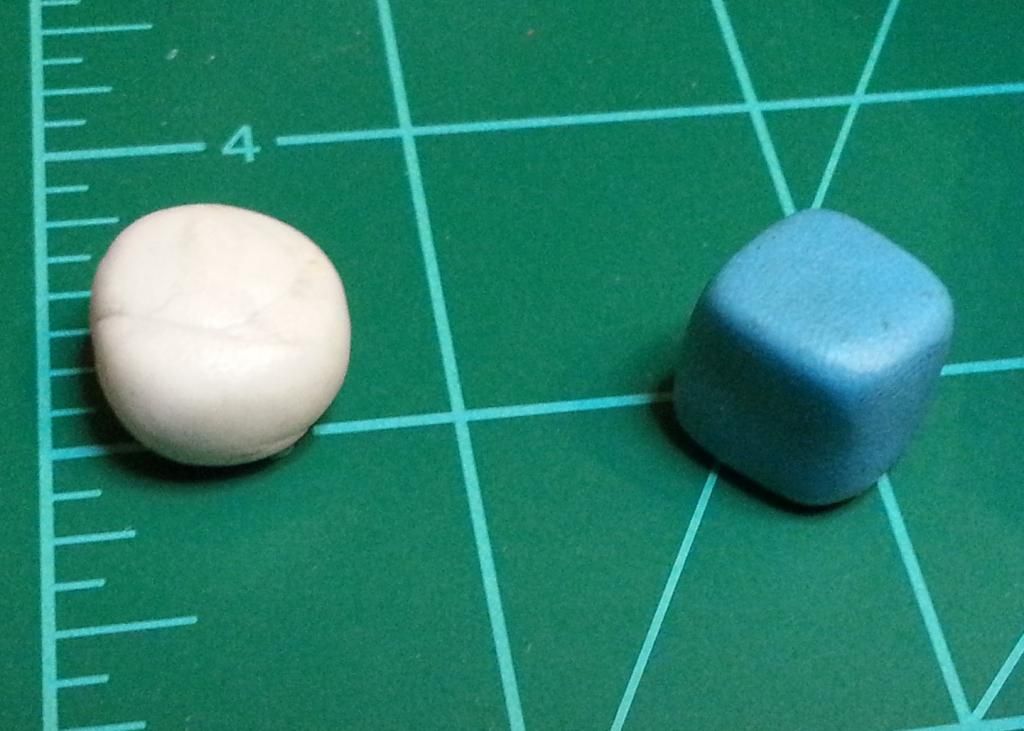
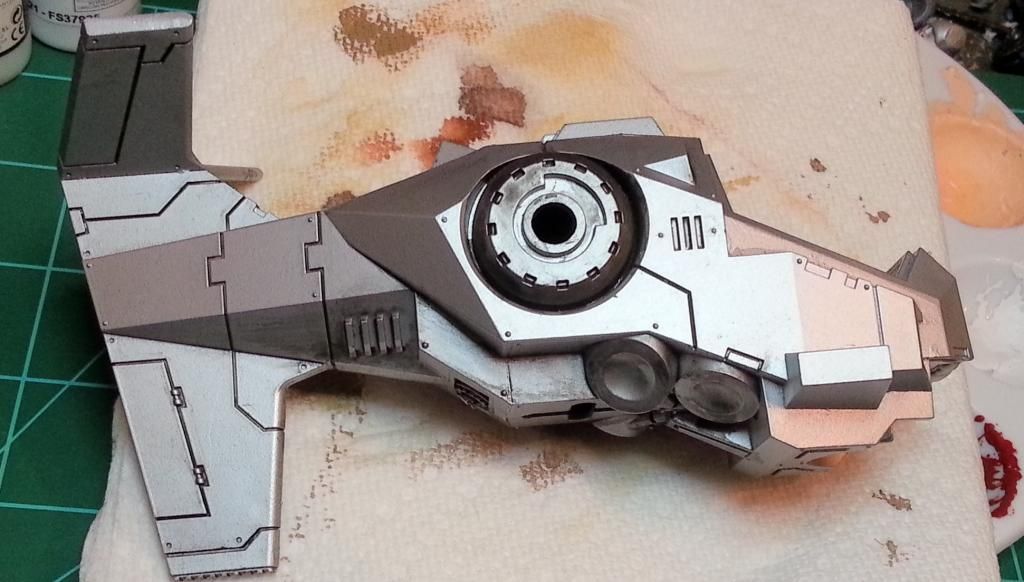
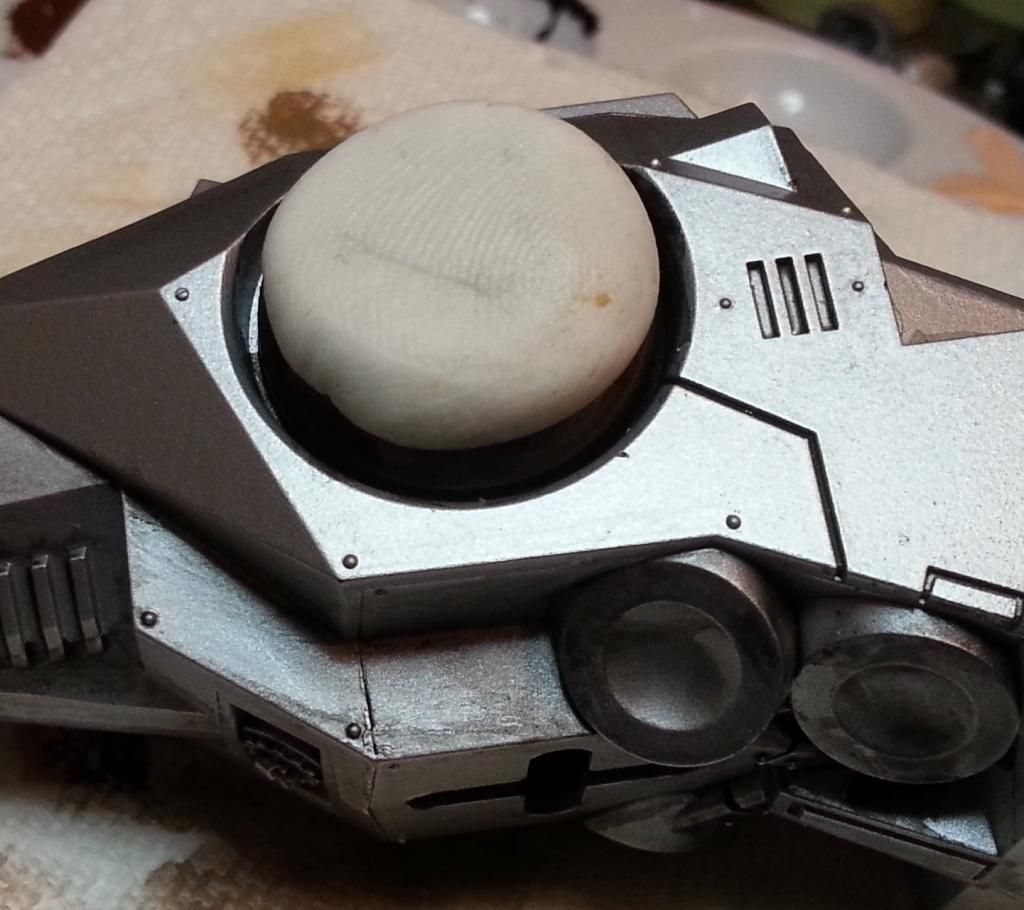
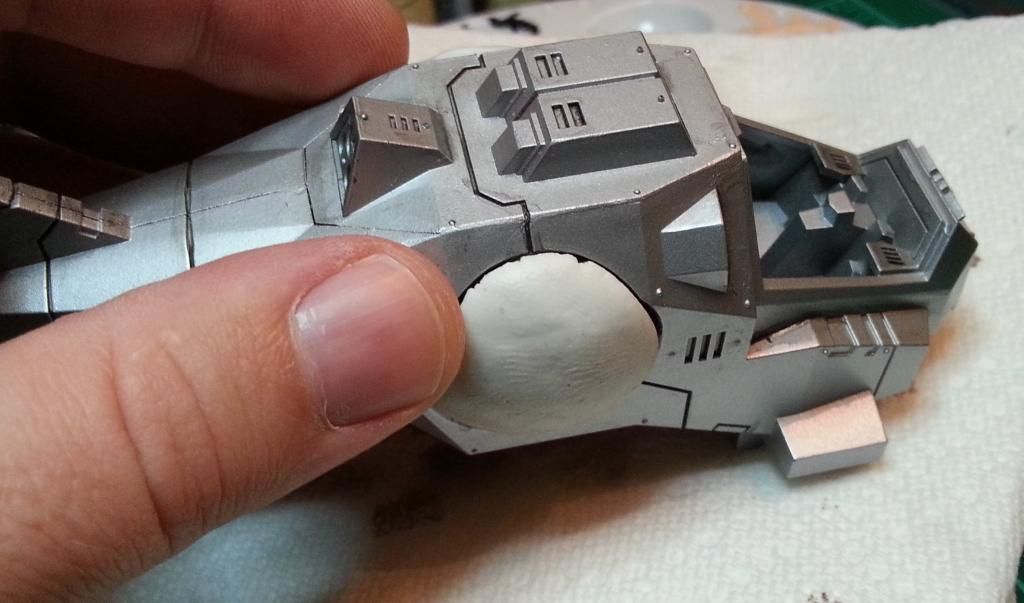

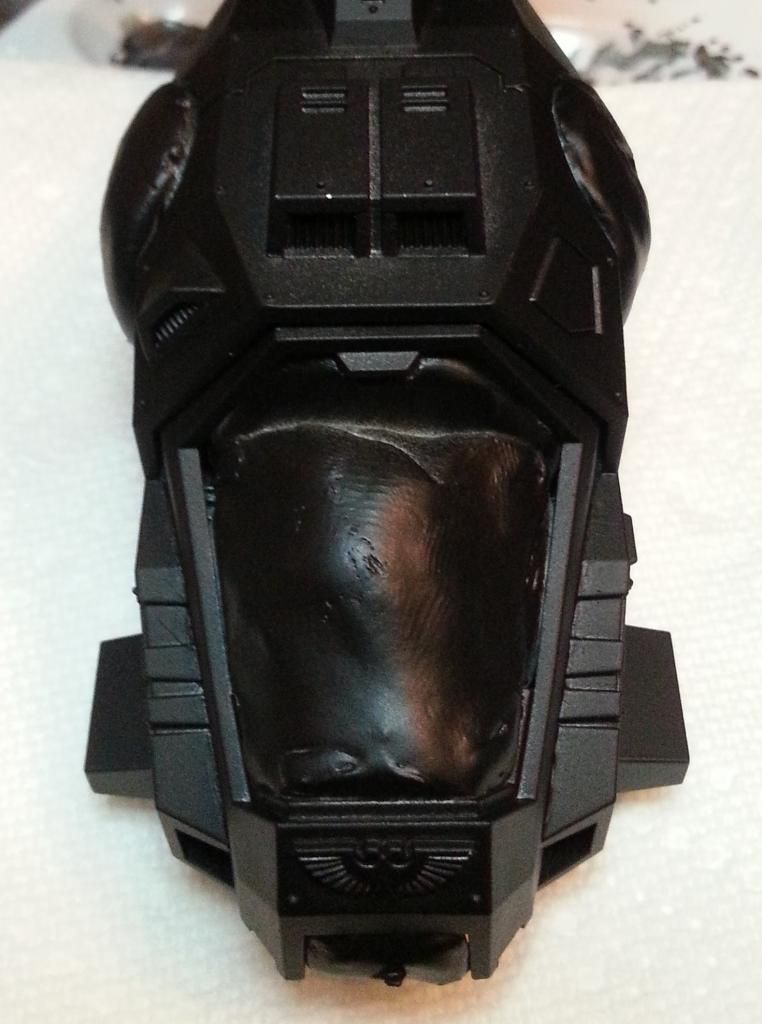
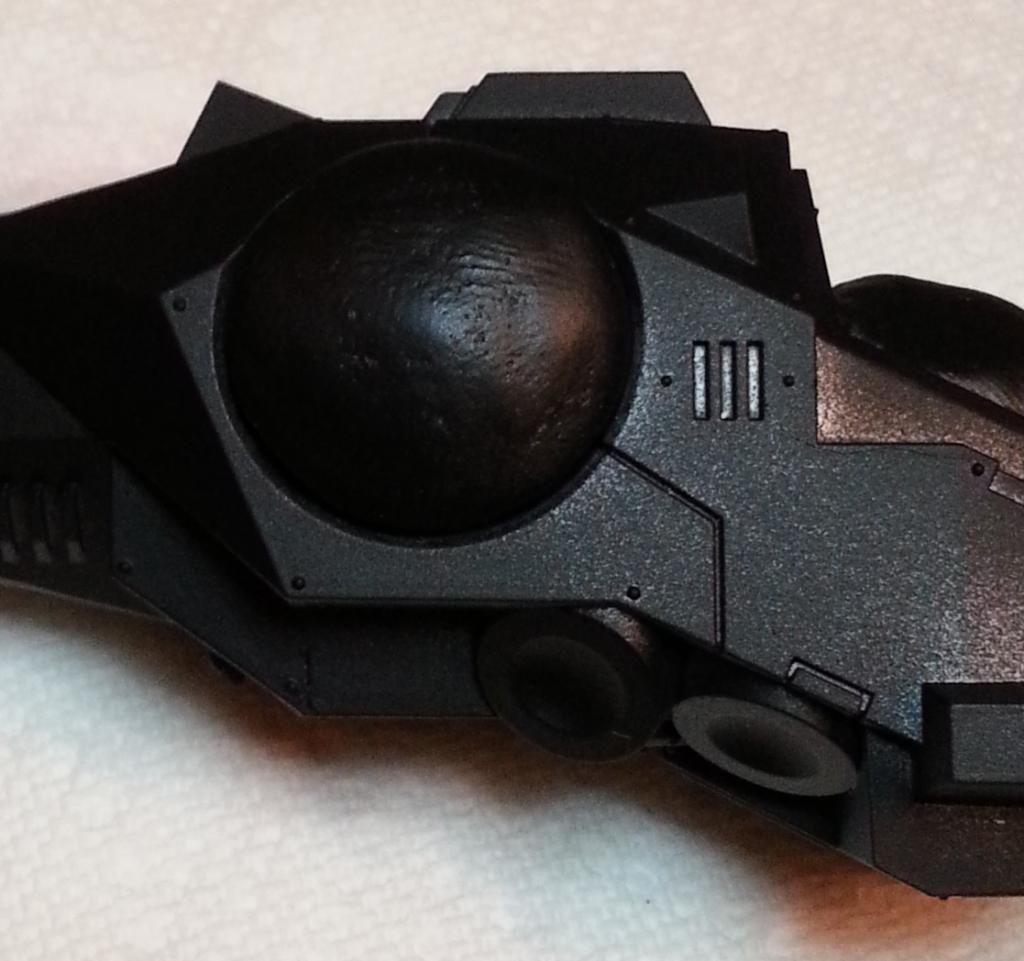
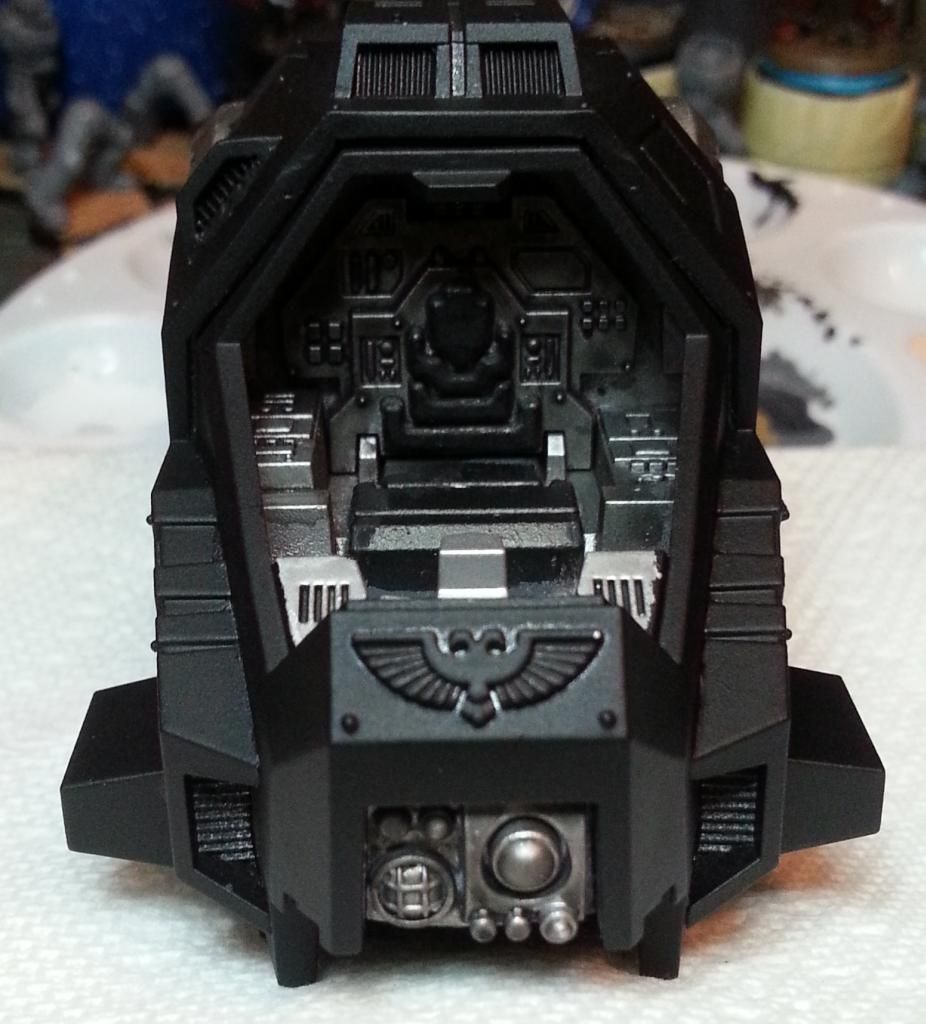
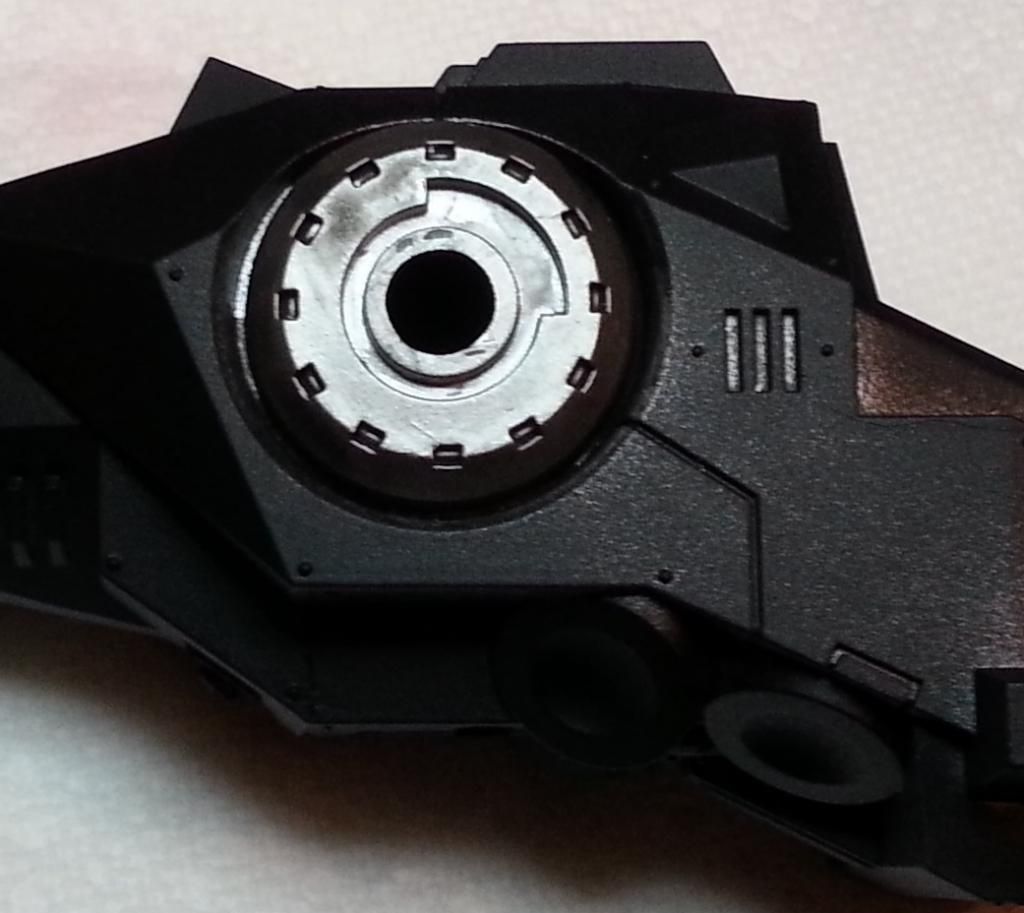
No comments:
Post a Comment